Introduction to Crane Warning Lights
Crane warning lights are essential safety components in the operation of cranes in various industrial settings. These lights serve as visual signaling devices to alert workers and pedestrians of ongoing crane operations, enhancing safety and reducing the risk of accidents in the vicinity of heavy machinery.
Types and Applications
LED crane lights and safety beacons are common types of crane warning lights, each serving specific functions. LED lights are known for their durability and energy efficiency, often used to illuminate crane booms and work areas. Safety beacons, on the other hand, are typically employed to signal the crane's presence and movement. These lights are crucial in construction sites, warehouses, and shipping ports where cranes play a pivotal role in daily operations.
Features and Materials
The construction of crane warning lights often involves robust materials like UV-stabilized polycarbonate, which ensures longevity and resistance to harsh environmental conditions. Features may include various light patterns, such as steady or flashing modes, to convey different messages. Additionally, the adaptability of these lights to different power sources, including solar-powered warning lights, makes them versatile for numerous applications.
Advantages of Using Crane Warning Lights
Utilizing crane cab warning lights offers numerous advantages, such as improved visibility during night operations and inclement weather. The implementation of crane tower lights also aids in delineating the swing radius of cranes, which is crucial for the safety of ground personnel. Moreover, the energy efficiency of LED-based warning lights contributes to lower operational costs and a reduced carbon footprint.
Selection Considerations
When selecting crane warning lights, it is important to consider factors such as compatibility with different crane models, the intensity of the light, and the specific environmental conditions of the worksite. Lights with adjustable intensity levels are beneficial for various times of the day and levels of ambient light. Furthermore, the ease of installation and maintenance are practical considerations that can influence the choice of warning lights.
Conclusion
In conclusion, crane warning lights are indispensable for the safe operation of cranes across multiple industries. The diversity of types and features available caters to a wide range of requirements and enhances workplace safety. While sourcing these lights, it is crucial to assess the specific needs of your operation to ensure optimal functionality and safety compliance.

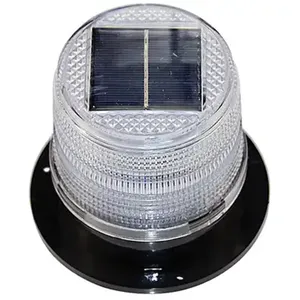





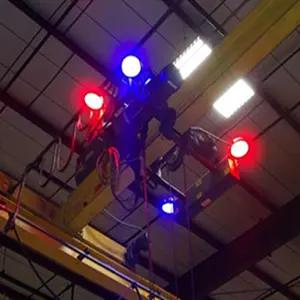
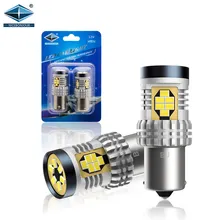



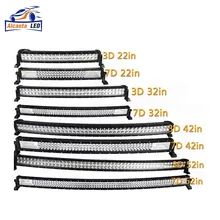




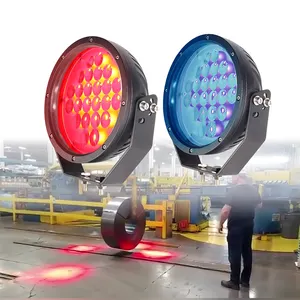

























 浙公网安备 33010002000092号
浙公网安备 33010002000092号 浙B2-20120091-4
浙B2-20120091-4